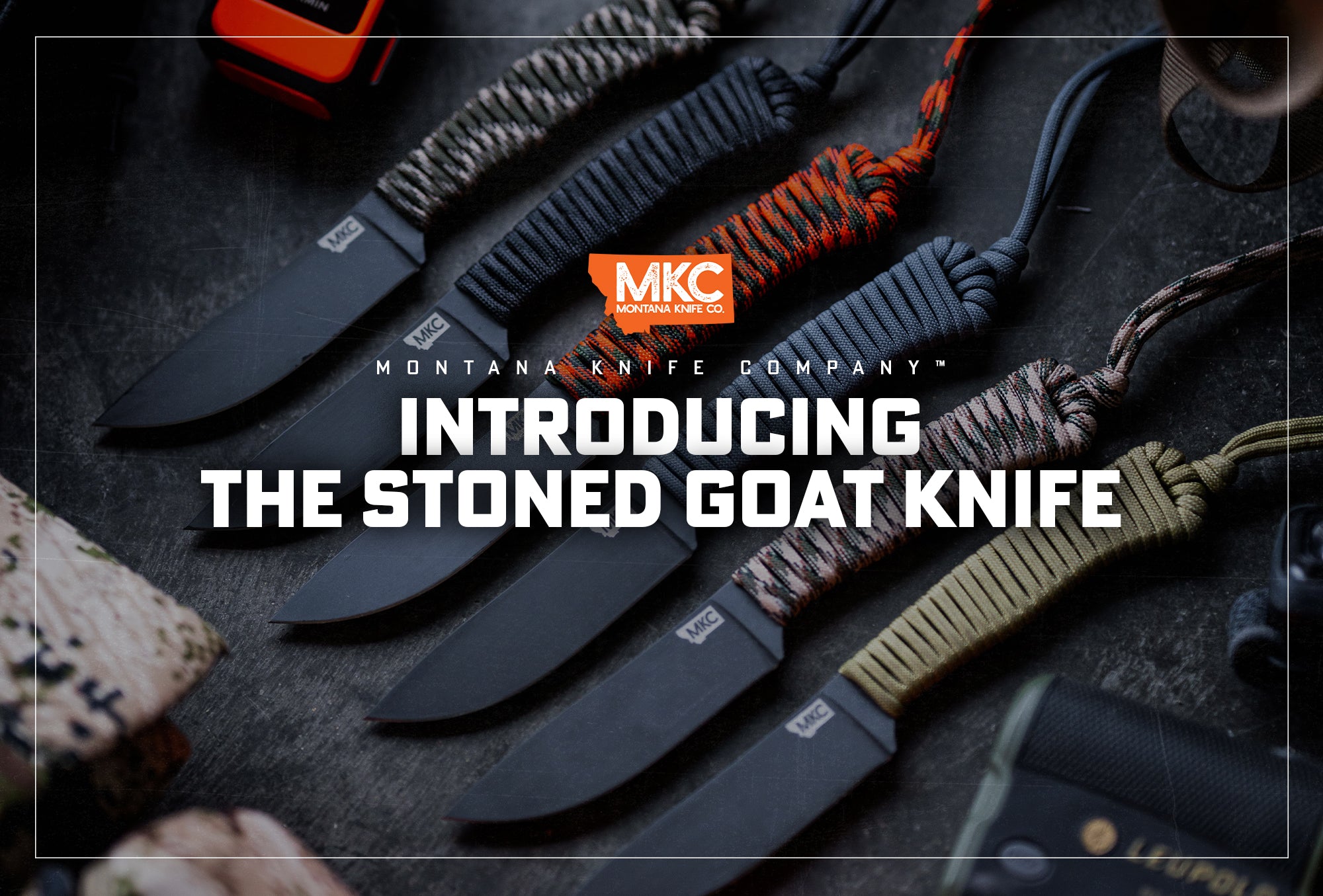“Josh, how do I sharpen a knife?”
That’s a question I receive from new customers time and time again — and every time I answer, the customer is taken aback by just how multifaceted knife sharpening is.
Sharpening isn’t simple. There are different types of edges and angles that serve different purposes, all of which greatly affect the degree to which a blade can be sharpened.
But more than that, sharpness is an incomplete measure of the usefulness of a knife. Here at MKC, we measure sharpness a bit differently.
Edge Types and Angles
The steeper the angle of a blade — say, 25 degrees — the harder working and more resistant to impact that blade will be. However, one could argue that a blade with such an angle could lose its edge quicker and could be more difficult to build back.
A blade with a shallower angle — 15 degrees, for instance — will provide a thinner cutting edge. It’s easier to get a 15-degree edge to feel sharper and more razor-like, and it’ll pass through material quicker and easier than a 25-degree edge. However, it’ll be less tough than an edge that’s been sharpened at a steeper angle.
The steeper angle is more wedgelike and, as you might imagine, more suited to driving through hard materials like wood than thin materials like paper — a job much more appropriate for a razorblade.
MKC Sharpens Knives With a Working Edge
What do I mean when I use the term “working edge?” I’m referring to the grit we sharpen at and what’s left of the edge when we’re done — specifically, a “toothy,” aggressive look.
When I sharpen, I want to look at my edge under a microscope and see something resembling a miniature saw. Those tiny teeth should bite and claw at whatever you’re cutting.
MKC makes working knives for working people, so it’s important that our knives have a saw-like, working edge that’s aggressive on hides and hair. By comparison, a highly polished razor blade will slide across hair, but it won’t rip through it.
Another reason we sharpen our knives to a working edge is to ensure our knives retain their usefulness even when they get dull, as every blade inevitably will.
When a blade with a toothy, saw-like edge goes dull, the teeth round out and come out of alignment, but they’re still there and they still function. A highly polished razor edge may be sharp and effective at cutting through skin or meat initially, but when that razor edge goes dull, it loses its function and slides across every surface without doing any cutting.
Sharpness Isn’t Everything
A lot of knives arrive super sharp right out of the box. It can be a fun experience for a new knife owner to shave hair off their forearm or slice straight through paper — but that new knife owner will quickly realize sharpness isn’t the end-all-be-all of knife quality.
Consider edge geometry. Maybe the knife is sharp when you pull it out of the box, but is the edge overly thick? Once the knife loses its edge, will you be able to resharpen it to get that edge back?
The thinner the edge, the easier it’ll be to get back. When it comes to edge geometry, we at MKC walk a very thin line: We want the edge as thin as we can get it, but not so thin that it becomes brittle. That balancing act leads us to carefully select the right steel and the right heat treatment.
Some steels simply won’t hold up over time if they’re too thin. Heat treating is crucial to achieving the perfect Rockwell hardness, where a blade can hold its edge but isn’t brittle.
Advantages of a Working Edge Over a Regular Edge
A working edge retains its cutting ability even when it isn’t at peak sharpness. It can still do hard work, even without the precise razor edge it had at the beginning of its life.
Unlike a regular edge, the micro-teeth of a dull working edge won’t glide over hair or hides but will continue to rip and cut. This is important if you’re out in the field or in the middle of a job with no time to sharpen.
The type of steel and the type of heat treatment are the keys to making this work. You can create a super-thin edge out of any steel, but will it be tough enough to endure aggressive use, especially when it comes up against hard surfaces like bone?
For example, let’s look at a couple MKC customer favorites. Not every steel in the world can be made into a Speedgoat blade. That’s why there’s a difference between the Speedgoat and the much more aggressive Beartooth. The Speedgoat is meant to be lightning fast and tough, whereas the Beartooth is meant to stand up to a lot of work and do a lot of damage.

A Different Measure of Sharpness
I’m sure anyone who has watched a knife-review video on YouTube has seen what many people consider the traditional sharpness test of a knife — slicing through paper. Or maybe you’ve seen reviewers run the knife across their forearm to pop off arm hairs.
But MKC knives offer a different, more aggressive sort of sharpness. As a reviewer runs an MKC blade across his arm hair, he might find that the blade is not only shaving hair — it’s trying to cut his skin. It’s not just sliding across passively, it’s actively biting like a snake.
Ultimately, the usefulness of a knife edge isn’t just about sharpness. It’s also about angle, edge retention, and toughness. That’s the sort of working edge MKC knives come with.
How to Maintain a Working Edge
Even a working edge will lose its sharpness over time. And while it will continue to work while dull, you’ll eventually want to get it back into shape.
I recommend sharpening with a rough grit stone to establish a burr (the toothy, saw-like edge we’ve been talking about). Once you get a burr, you’ll want to work the burr down in size on each side, and finally align the teeth with a strop.
As for the angle, I aim for 17 degrees, but anywhere between 15 and 20 is fine. What’s more important is establishing the burr, working it down, and getting those teeth refined and aligned.
Struggling to Sharpen? MKC Can Help
I’m constantly asked how to sharpen a knife. Many new knife owners — even some experienced knife owners — struggle to get their knives as sharp as they want. Others don’t have the tools to do it or simply don’t want to do it.
Whatever the case may be, I strongly encourage our customers to take advantage of our totally free Generations Promise. Simply mail your MKC knife to us and we’ll resharpen it for you, no charge.
We’ll reestablish the angle, fix any errors, flat spots, or nicks, and return your knife to you in the same shape it was the day you took it out of the box.
by Josh Smith, Master Bladesmith and Founder of Montana Knife Company






































